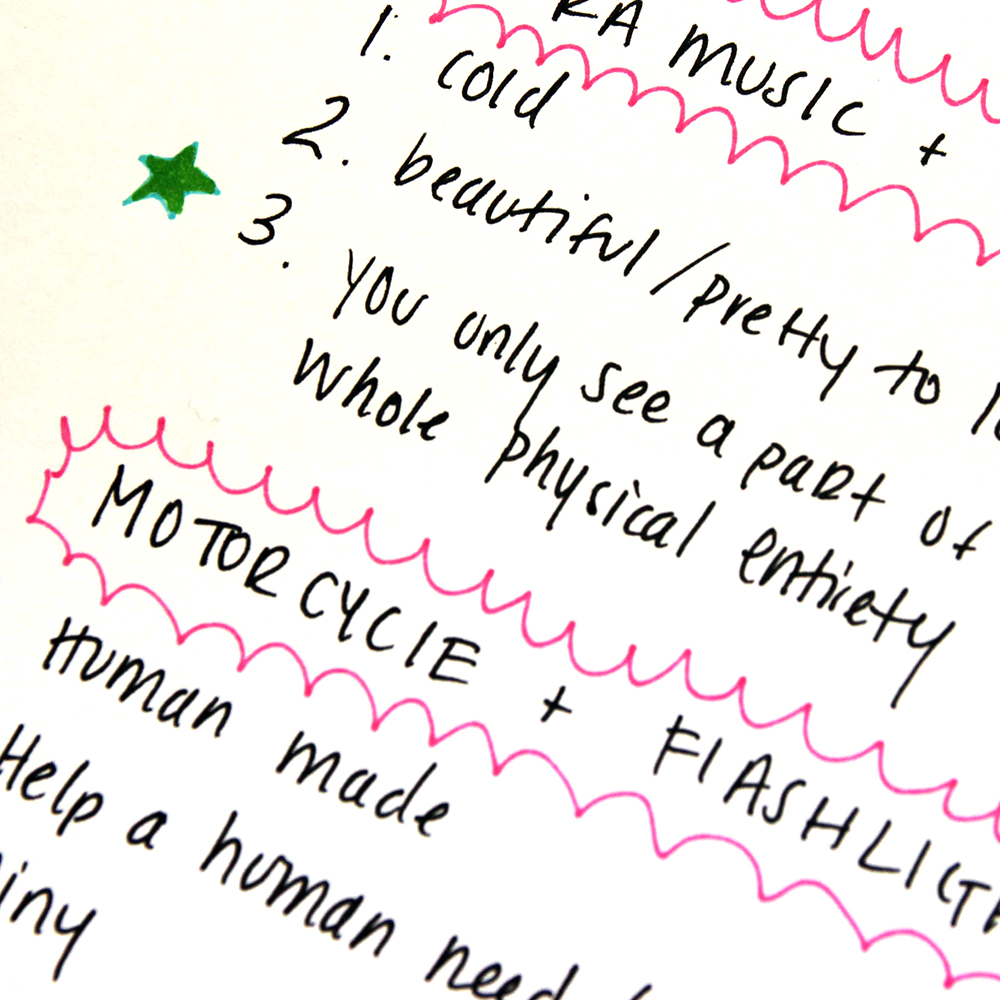Search for commonalities between dissimilar words. The creative process is often based on an ability to make associations between ideas or things that appear distant. This activity helps children learn to discover surprising and unexpected connections, while practicing flexible thinking.
Materials Required
- Paper
- Pen or pencil (something to write with)
Instructions
- Pick one word from List 1 and one word from List 2.
- Write down three ways that these two things are similar. For example, how is a cat similar to an iceberg? Both can be white, can be hard to touch (the cat might run away and the iceberg might be cold or slippery), and can float in water.
- Make a star next to the one that is the truest, most original or unusual.
| List 1 | List 2 |
| Elephant | Cactus |
| Tree | Sandwich |
| Telephone | Iceberg |
| Fancy dress | Canoe |
| Motorcycle | Flashlight |
| Opera music | Restaurant |
| Sandpaper | Chair |
| Sun | Paintbrush |
| Cat | Saxophone |
Additional Tips
Try these add-on activities:
- Make a new list of items—include eight items in list 1 and eight items in list 2. Do the activity with these new words.
- Do the activity in pairs with a larger group. Begin by having each person list three of his or her favorite things. Then pair up and find a true but unexpected connection between one item from each person’s list.


